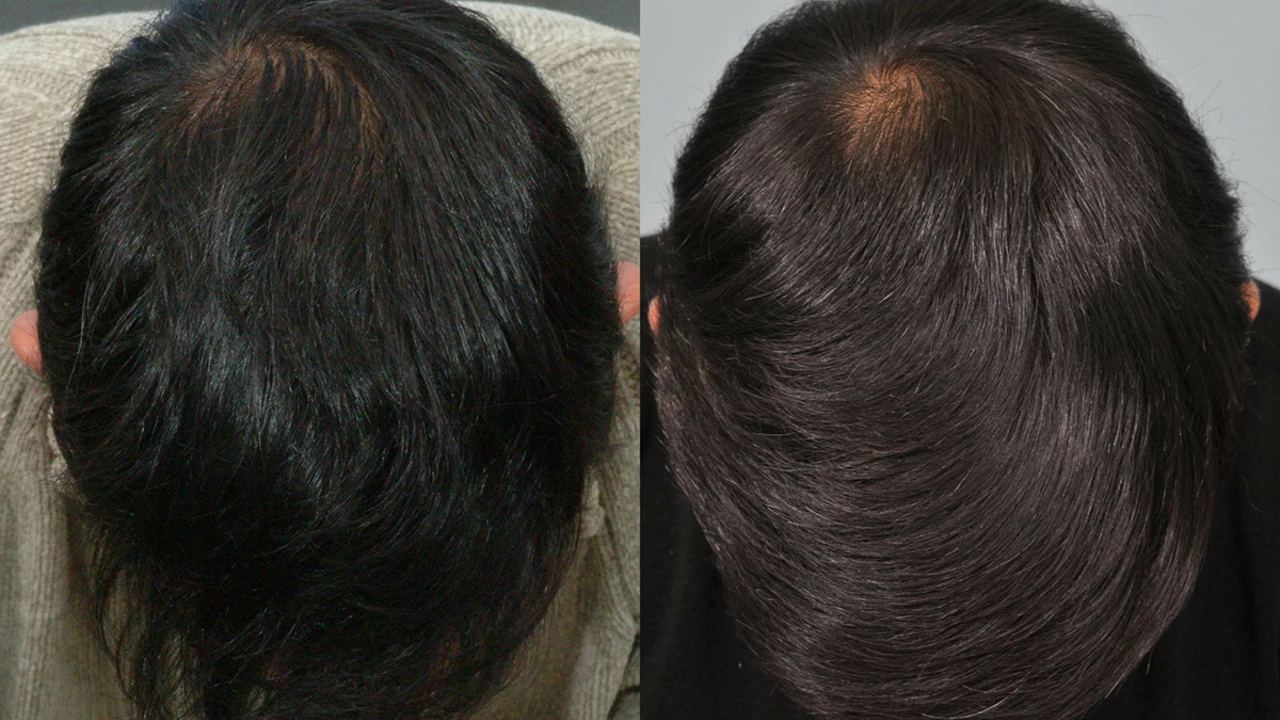Hair Loss Treatments: Practical Options That Actually Work
Seeing more hair in the brush than usual? First, you’re not alone and second, there are clear steps you can take. This guide cuts through the noise to show medical and at-home options, how fast they work, and what to watch for.
Medical treatments that deliver
Minoxidil (topical) is the most common start. Use 5% foam or solution twice daily for best results. Expect to wait 3–6 months before you see thicker hair; shedding at the start can happen and is usually temporary. Side effects are mostly scalp irritation.
Finasteride (1 mg daily) works well for many men by blocking DHT, the hormone that shrinks hair follicles. Improvements show up around 3–6 months too. Be aware of possible sexual side effects in a small number of users. Women who are pregnant or may get pregnant should avoid finasteride.
Platelet-rich plasma (PRP) injections are a clinic option: blood is spun down and injected into the scalp to stimulate growth. Typical protocol is 3 monthly sessions, then maintenance every 4–6 months. Many people see visible gains after the second or third treatment.
For autoimmune hair loss like alopecia areata, corticosteroid injections into the scalp can bring quick regrowth for some people. Dermatologists decide timing and dose based on the pattern and severity.
Hair transplant surgery (FUE or FUT) is a long-term fix if you have stable hair loss and enough donor hair. Expect recovery time and realistic graft counts—ask to see the clinic’s before/after photos and ask about long-term plans for thinning around the grafts.
Natural and at-home steps that help
Check basic labs: TSH for thyroid disease and ferritin for iron stores. Aim for ferritin above roughly 50 ng/mL if you’re losing hair, especially women. Low iron and thyroid problems are easy to treat and can stop further loss.
Supplements like biotin or zinc can help if you’re deficient, but they won’t fix genetic hair loss. If you try supplements, don’t exceed recommended doses and discuss them with your doc—too much zinc or vitamin A can cause more hair loss.
Low-level laser therapy (LLLT) devices—combs or helmets—can improve density when used regularly (usually 3 times per week). Results are modest but low-risk. Also, small lifestyle moves matter: reduce harsh styling, avoid tight hairstyles, and cut back on heat and bleach.
How to pick a path? Match treatment to the cause, your budget, and how fast you want results. If you’re unsure, see a dermatologist who treats hair loss. They’ll examine your scalp, order basic tests, and recommend a plan that fits your goals. Quick fix claims and miracle supplements? Be skeptical.
Start small, track photos every month, and give approved treatments time to work. Hair regrowth is rarely instant, but with the right approach you can keep more of what you have and often get some back.

